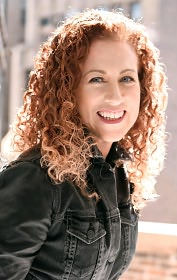Jodi Picoult received an AB in creative writing from Princeton and a master’s degree in education from Harvard. The recipient of the 2003 New England Book Award for her entire body of work, she is the author of twenty-six novels, including the #1 New York Times bestsellers House Rules, Handle With Care, Change of Heart, and My Sister’s Keeper, for which she received the American Library Association’s Margaret Alexander Edwards Award. She lives in New Hampshire with her husband and three children. Visit her website at JodiPicoult.com.

Brief Biography
- Hometown:
- Hanover, New Hampshire
- Date of Birth:
- May 19, 1966
- Place of Birth:
- Nesconset, Long Island, NY
- Education:
- A.B. in Creative Writing, Princeton University; M.A. in Education, Harvard University
- Website:
- http://www.jodipicoult.com/





